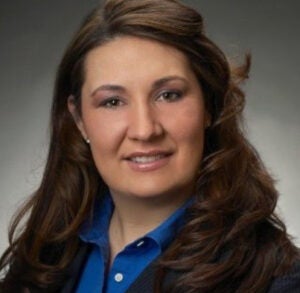 Feedback has been increasingly consistent within the large publisher community for the past few months.
Feedback has been increasingly consistent within the large publisher community for the past few months.
(Note: I’m not saying “premium publishers.” You can be premium and be small/targeted!)
For large publishers looking to optimize display ad yield on their website, it’s no longer good enough for a yield optimization company to simply offer better CPMs through what publishers see as work-flow savings. As several, large publishers have told me, they think they can manage their ad network stack better “in-house” than through a traditional yield optimization service.
And, another common theme is around optimizer inventory: “Please, God, no more belly fat or teeth whitening ads. Improving yield should not make my site look like a late-night, direct-response TV ad.” Point well-taken, large publisher. And, certainly this is an important challenge for the yield optimizers. But, this may also be a function of the current state of available online ad inventory. As more brand dollars come online (gulp – they better!), and as targeting and optimization tech improves on the buy side, publishers will get better ads – assuming they have compelling content that attracts the consumers advertisers care about.
Evolution Of The Optimizers
There’s still a huge benefit from current yield optimization models for small and medium-sized publishers who don’t have the bandwidth and resources to manage their ad networks. But someday, a liquid, open exchange would seem to make these services obsolete, too. When liquidity matched with the advertiser’s ability to understand the value of single impressions will allow publishers to get the best prices running just the tags of the exchange, what’s a yield optimization company to do? There are several options.
First… they could become an exchange, but they’re going to have to provide a value-add (insights, analytics, pretty graphics, for example) to compete with the larger exchanges. Razor thin margins will be the norm. This also means they need to become publisher and advertiser agnostic.
Or… yield optimizers could start managing the hugely complex divide between spot and futures markets that has yet to be cracked – or created for that matter. But, that a ways down the road. (I think.)
Or…
There’s an increasingly acute need for technology that not only takes over the role of an in-house ad ops team member, but can drill further into the data generated by ad impressions, preferably in real-time, and provide actionable insights and better CPMs for the large publisher. The new model doesn’t need to pick only the highest performing network – it needs to pick or illuminate the highest performing display ad, tactic, demographic, etc. The corollary to this new model is also the current envy of large publishers: the demand-side platform or DSP. Yes, I’ve heard the negativity about being threatened by DSPs. Please. Large publishers just want their own game console!
Large Publishers Need A Supply-Side Platform
It’s time for another acronym – the SSP, the supply-side platform! Sweet.
Publishers need (and many already want) to think like buyers where data drives decisions through the use of optimizing technology. Is real-time bidding (RTB) a part of this future? Sure. And, it’s one feature among many.
Right now, the demand-side platform is mapping users across multiple supply sources, tracking behavior and buying display advertising efficiently. What if the publisher was able to see this information as well? Is there a need or use? Hell yes.
Let’s not talk about “leveling the playing field” which to me suggests taking away the ability to efficiently buy from the demand-side. This is about raising the “game” of the supply side and making the whole, digital advertising system function better (demand or supply-sider) and, ultimately, provide more relevant advertising to the end user. The supply-side needs to be enabled to better understand their user leading to optimization of their own content, product or ad delivery strategies – which all leads to better yield.
As Jerry Maguire might say, “Show Me The SSP!”
By John Ebbert













